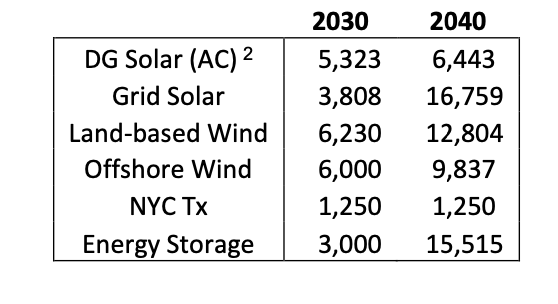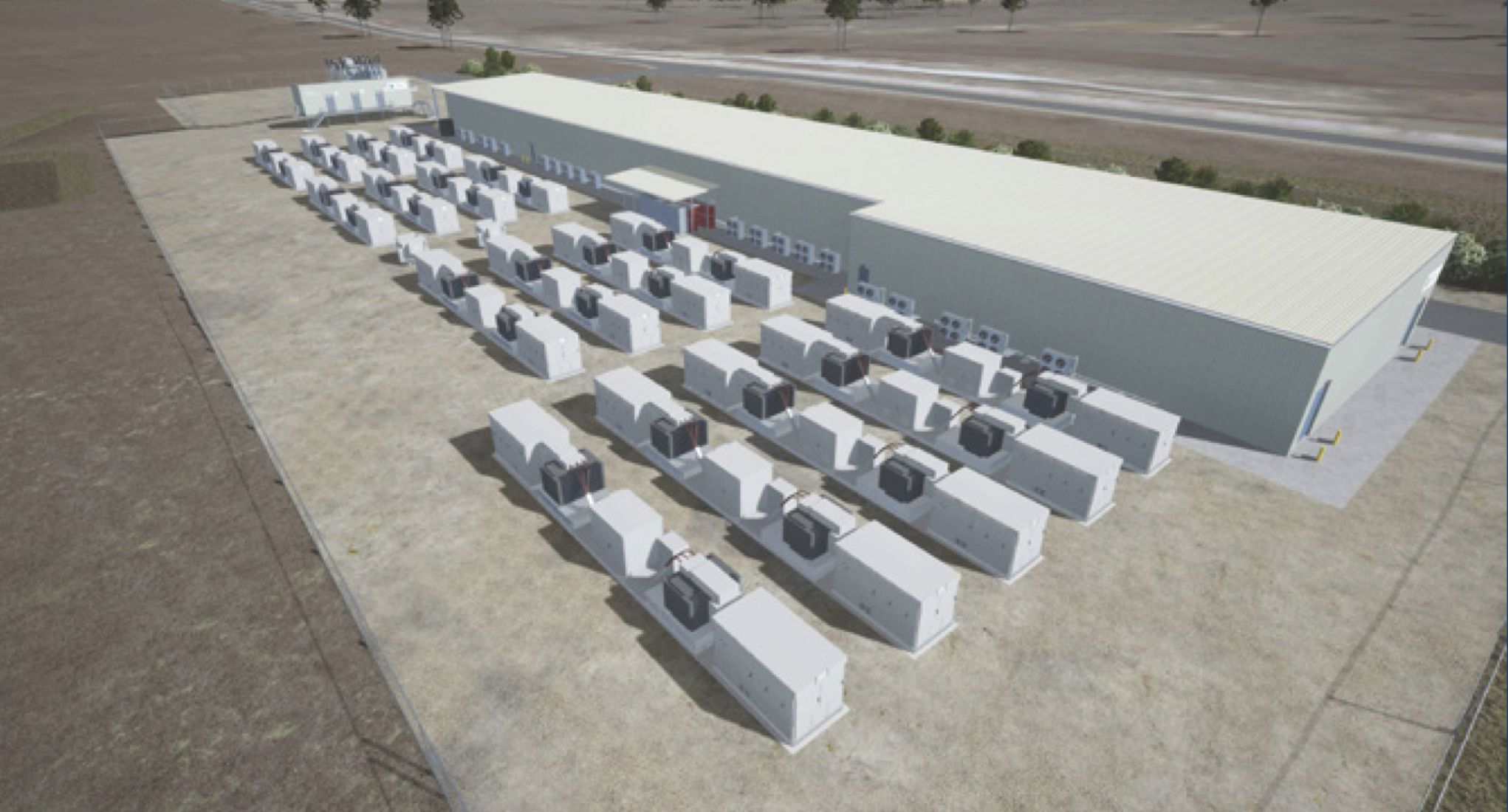As stated in my previous post of April 19, two separate Reports addressing the question of New York’s net zero electricity future have recently been brought to my attention. These two Reports are distinct from the so-called Scoping Plan, issued by the state’s Climate Action Council. The Scoping Plan is supposed to be the official word on how we are to achieve “net zero” electricity by some time in the 2030s. Unfortunately, this Scoping Plan is not a feasibility study, or anything close to that, and despite enormous length — 700+ pages between text and appendices — really comes down to no more than a direction to the low status people to figure out how to achieve the decarbonization mandates set by their superiors.
And thus we find that well-informed New Yorkers (a small number at this point), upon recognizing and inquiring about the rank inadequacy of the Scoping Plan, are being directed by their politicians to these other two Reports as supposedly containing the answer to how this is going to be done. One of the Reports, issued by the electric utility Con Edison in late 2022, was discussed in my April 19 post.
My subject today will be the other Report, titled “Initial Report on the New York Power Grid Study.” It has an issue date of January 21, 2021. Who wrote it? Under a heading “Prepared By” on the cover page, we find credit first given to unnamed “staff” of the New York Department of Public Service and the New York State Energy Research and Development Authority; but then there is a list of some seven named authors, all of whom come from two consulting companies, the Brattle Group and Pterra Consulting.
Reader Bill Ponton has sent along several comments on this Report, and I’m going to feature those.
If you were to start reading this Report, the first thing that will strike you is that the authors are at pains to let you know that they are making no commitments here as to anything important, like exactly how much new stuff needs to be built, how much it will cost, and whether it will work. Rather, they’re just tossing out some ideas on how to get started. A few excerpts from the Executive Summary:
Meeting these [Climate Act] milestones will require investment in renewable generation, as well as storage, energy efficiency measures, electrification of the transportation and heating sectors, and electric transmission and distribution (T&D) infrastructure. . . . To meet these directives, the PSC, through the Department of Public Service, initiated a set of system studies, collectively referred to as the Power Grid Study (PGS), which is the subject of this Initial Report. . . . The three PGS studies suggest the following potential distribution, local transmission, and bulk transmission needs. . . .
Hey, these are just “suggestions.” Go ahead and spend twenty years and a few hundred billions of dollars trying to build it out. Maybe it will work, maybe it won’t. If it doesn’t, try something else.
Most of the Report addresses transmission issues. But the subject of how much wind, solar and storage capacity to build does finally turn up in Appendix E. At page E-3 we find this table of “initial scenario” installed renewable capacity (in MW):

Add up the solar and wind rows, and you get about 21 GW of renewable capacity by 2030, and 46 GW by 2040. They then assume that they will get some 58,155 GWh of useful generation from the 21 GW of renewable capacity in 2030. But Ponton — who has just completed a study of actual results from wind and solar generators in the UK in 2022 — thinks that they have way over-estimated how much usable generation they can get from this 21 GW of wind and solar capacity. He calculates that if New York’s 2030 results are approximately the same as those of the UK for 2022, the actual usable generation from the renewables will be more like 35,760 GWh. From an email from Ponton on April 18:
It is difficult to believe that NY State could have any different outcome in 2030 other than the UK results in 2022. . . . They will be sorely disappointed finding that they will only be able to generate about half the renewable energy that they anticipate in 2030 even if they meet their ambitious renewable capacity buildout plans.
But far more absurd is the provision in this Report for prospective energy storage. Note the numbers in the table above — 3 GW in 2030 and 15.5 GW in 2040. As usual they leave out the duration of the batteries. But Ponton wrote to the lead author of the Report from the Brattle Group, a guy named Hannes Pfeifenberger, to get the information. Result:
I asked one of the principal authors of the NY Power Grid study report, Hannes Pfeifenberger, how did he intend to balance fluctuations in wind power and he stated that the biggest factor was 17 GW of battery storage with a maximum duration of 6-hr, totaling 102 GWh. His response is surprising. I calculated that with wind power capacity of 84 GW, there was 59,851 GWH of wind energy curtailed and 48,071 GWH of gas turbine energy used. In theory, the curtailed wind energy could be stored and then subsequently discharged to substitute for the energy provided by the gas turbines, but would require energy storage of 12,000 GWH.
102 GWh versus 12,000 GWh. So, as usual with the studies we can find for places like New York and California, they’re off on the storage requirement by a factor of more than 100.
Is it possible that Ponton and I are missing something and these guys actually know what they are doing? I suppose. But then, why not build a demonstration project and prove us definitively wrong?
UPDATE, April 23: Below is a rendering from my energy storage report of a grid battery storage facility under construction in Queensland, Australia, by a firm called Vena Energy. Its stated capacity is 150 MWh.

No comments:
Post a Comment